The tabby cat has an m on its forehead because it was originally bred to hunt mousers. The breed’s markings are thought to have evolved from the markings of the European wildcat, which has similar markings.
The wildcat has an m on their forehead because they are related to the serval. The serval has an m on their forehead because they are related to the caracal. And so on and so forth…
The tabby cat is a domestic cat with a short, thick coat. It has a distinctive pattern of alternating dark and light stripes on its fur.
The tabby markings found on the forehead are actually common among some unknown type of white-haired domestic shorthair cat.
The forehead marking on tabby cats is called a “smudge” and can be found on the forehead of all purebred domestic cats of this type. The reason for its existence is still unknown.
The word tabby comes from the Dutch word tabben which means “to rub or scrub”.
The m on the tabby cat’s forehead is a feature that is unique to this particular breed. Cat lovers have spent years trying to figure out the significance of this marking, but scientists haven’t been able to agree on why it appears.
This article provides an overview of the possible explanations as to why there is an m on the forehead and what they mean for the tabby cat breed.
How to Identify a Tabby Cat by Their Forehead Markings
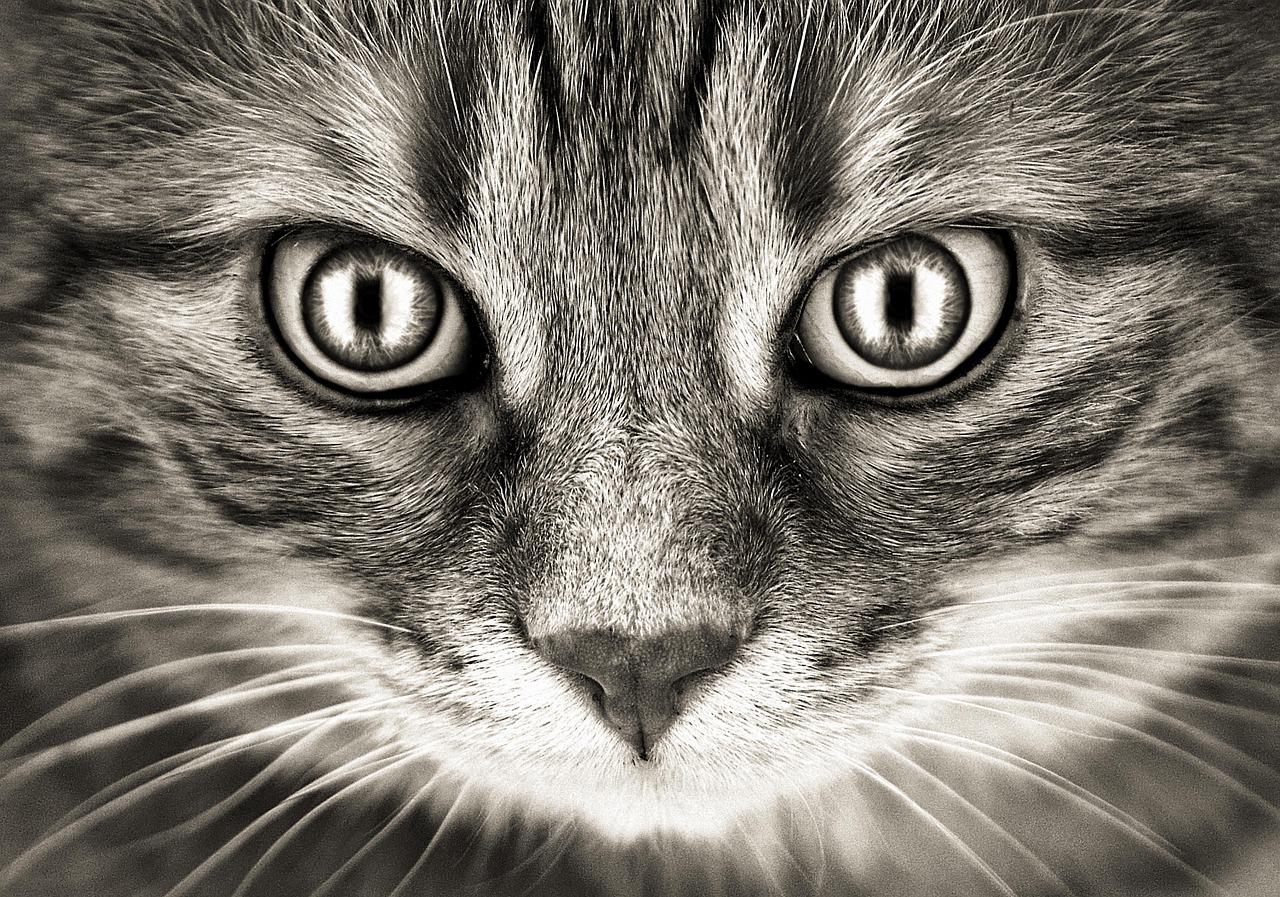
Tabby cats have a distinctive marking on their forehead that helps identify them. The markings are usually found in the form of stripes and spots, but they can also be found as a solid color.
The markings are usually found in the form of stripes and spots, but they can also be found as a solid color.
The forehead markings of a tabby cat can help identify the cat’s breed. The most common markings are the broken line, the hourglass, and the rosette.
There are three types of markings on a tabby cat’s forehead: the “M” mark, the “S” mark, and the “W” mark. The M mark is found in the middle of the forehead, while the S and W marks are found on either side of it.
A person should be able to identify these markings by observing their location and size when they see them in order to differentiate between different types of the cats.
For instance, a Bengal cat with black and orange markings on its forehead is more likely to be an Oriental than anything else. The pattern on it’s head will likely have a broken white line in the middle followed by either a dark brown or orange spot, which could also split into multiple spots.
The three-line design that looks like an upside down V or U shape is found across all breeds and colors, so this can’t really be used as a means to identify Bengal cats; it’s simply common among all of them.
A tabby may have a black and white marking on the forehead, or a red and black marking. As long as they have one of these markings on their forehead, they are considered to be a tabby cat.
Tabby cats are fun loving, loving pets that get attached to their owners very quickly. They love human company and enjoy being chased around the house by curious children. They are also known for having great personalities that make them even more lovable.
In order to identify a tabby because of its markings, it is important to look at the fur near their forehead and see if they have two white stripes near the eyes or not. If they do, then they are definitely a tabby cat.
Tabby Cats and Their Unique Features
Tabby cats are a unique breed of domestic cats. They have a short, thick coat that is mostly white with dark stripes. They also have a distinctive “tabbie” pattern on their fur, which is why they are also called “tabbies”.
Tabby cats are one of the most popular breeds in the United States. They are known for their distinct markings and personality traits that make them easy to identify.
Tabby cats are a type of domestic cat that has a distinctive pattern of stripes on its coat. They have been around for centuries and are known for their unique features.
Tabby cats have a wide variety of unique features, including:
– Stripe patterns on their coats.
– A short tail.
– A wide head with large eyes.
– A broad chest and rounded paws.
Tabby cats are known to be very playful and affectionate, which is why they are often found in homes with children. They also have the ability to adapt to any environment, which makes them great pets for people who travel or live in apartments.
How Did Cats Start Having Marks on Their Foreheads?
Cats have markings on their heads for a variety of reasons. Some are there for identification purposes, some are there to help with camouflage, and some are there just because they look cool.
The most common reason cats get markings on their head is because they rub against something that has a marking on it. This rubbing causes the cat’s hair to grow in the direction of the marking and create a unique pattern.
Some cats have markings on their forehead that look like an M. This mark is called a “m” and it is usually found in cats like tabby coats. The m helps to identify the cat as part of its breed or species, but it doesn’t serve any other purpose.
Cats have markings on their head that are unique to each cat. These markings are called m and they can be found on the forehead, cheeks, chin, and nose.
The m is not there for a reason. It is just a random pattern that cats have developed over time. The m is not related to the cat’s age or gender either.
These markings serve as a way of communication between cats and other members of their species as well as humans.
Many people are wondering how these markings started to appear on the head and what is the purpose of them? The answer to these questions varies from person to person, but there are many theories which range from the tabby cat’s scratching of his forehead for protection to having the mark because it is a natural way for cats to remove parasites.
There are many theories as to how cats get these markings on their head but no one knows for sure why they do it.

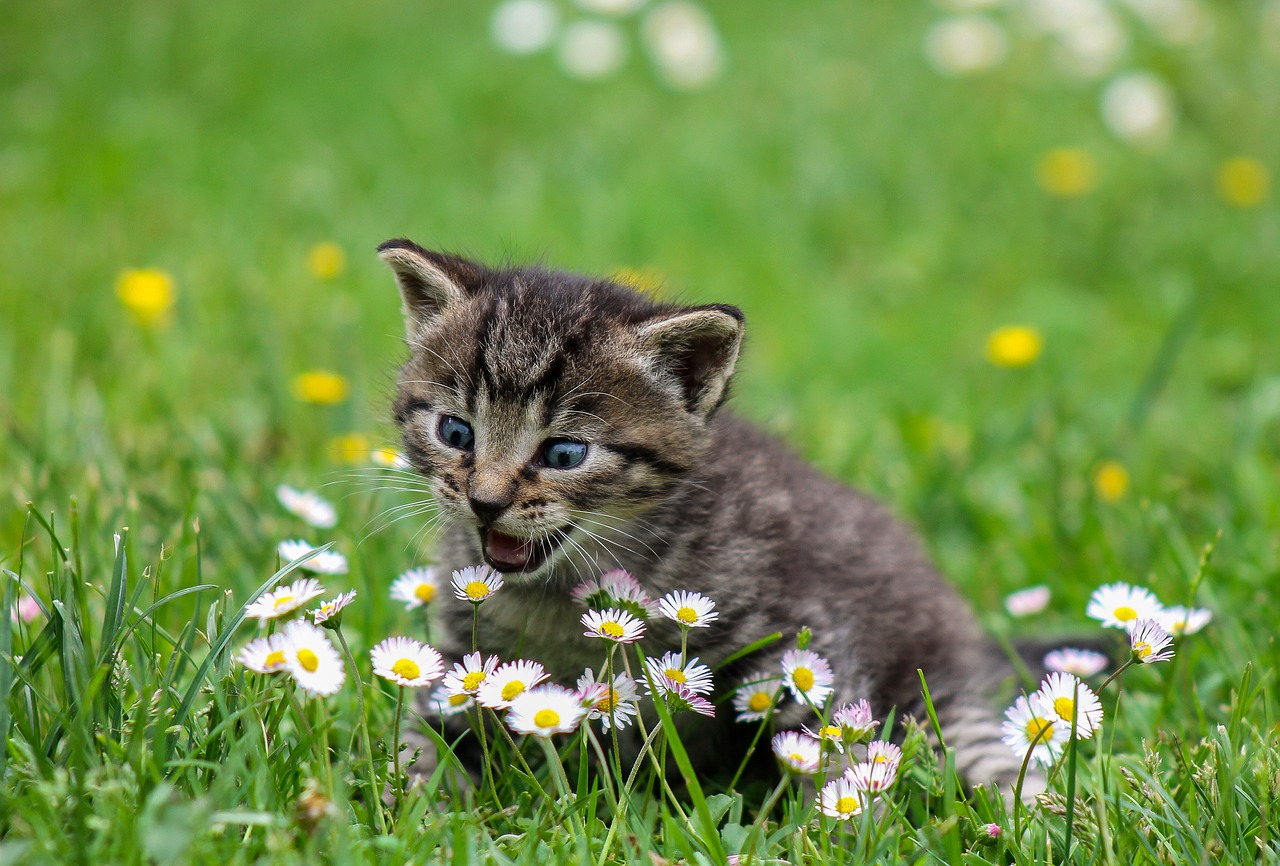
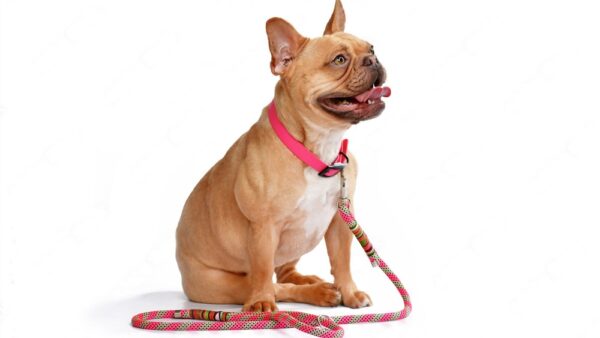

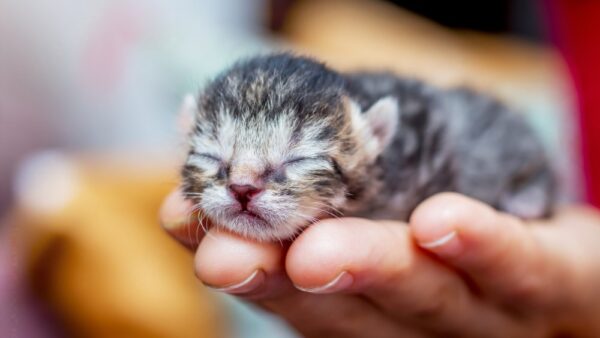
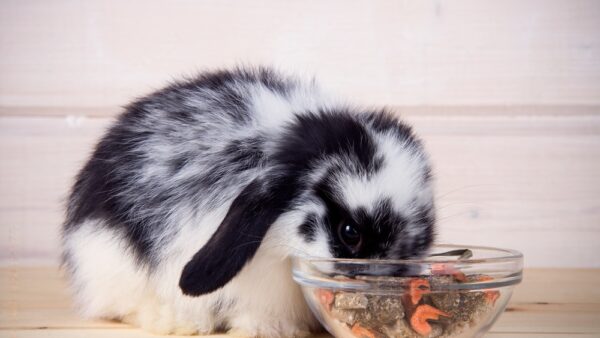
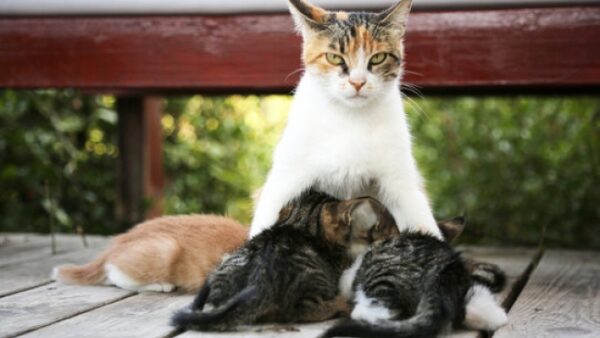
Leave a comment